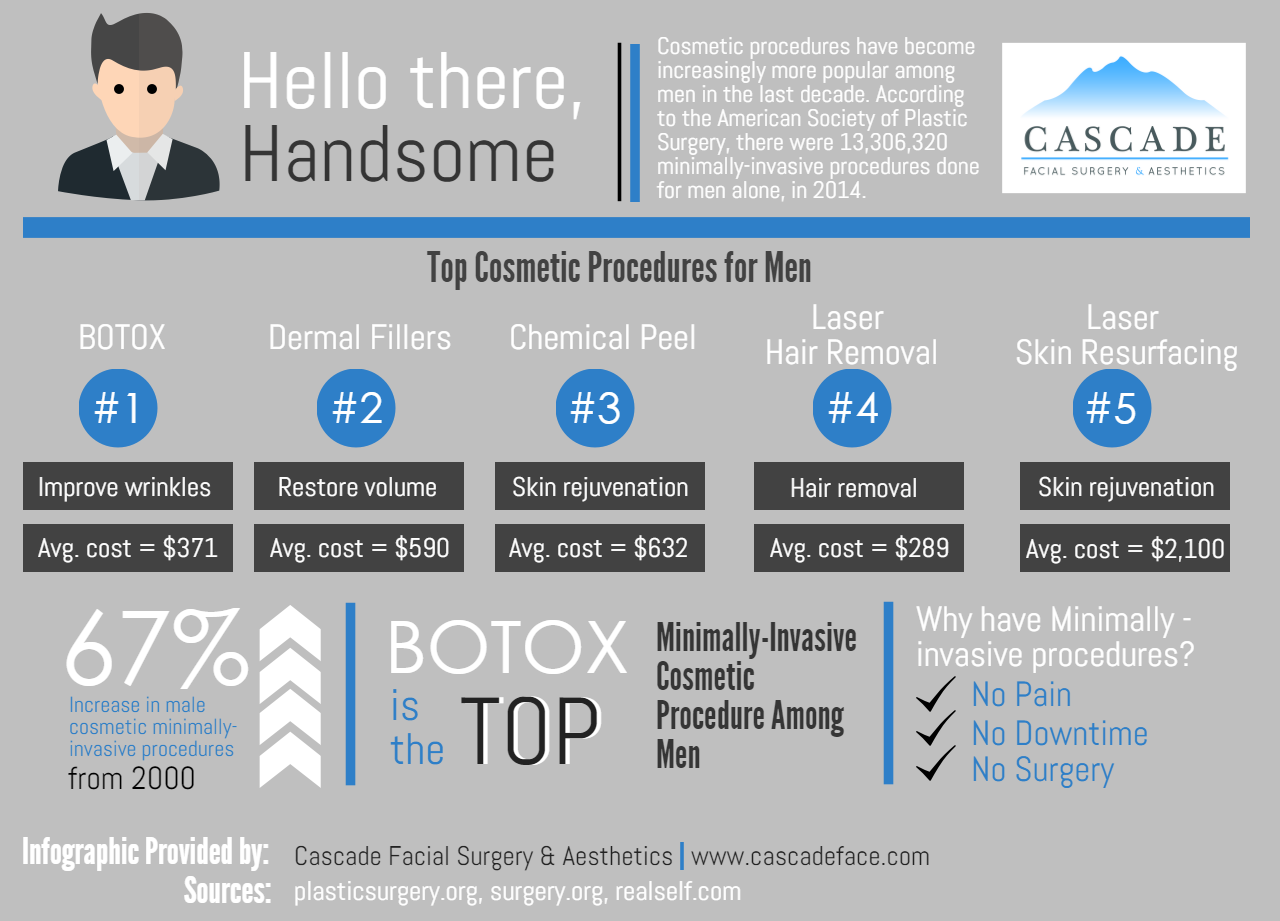How To Layer Skincare For Acne Treatment
How To Layer Skincare For Acne Treatment
Blog Article
Hormonal Acne - What is Hormone Acne?
Hormone acne is identified by clogged up pores and oily skin that typically shows up on the chin and jawline. It happens when hormonal changes cause swelling and bacterial overgrowth within hair follicles.
Breakouts may appear as whiteheads, blackheads, papules or pustules and cysts or blemishes in a lot more extreme instances. It is more common in teens undergoing adolescence however can influence grownups of any kind of age.
What Creates Hormonal Acne?
While acne can be caused by a variety of elements, consisting of utilizing hair and skin treatment items that aren't oil-free or made with active ingredients that can obstruct pores, hereditary proneness, diet,2 and stress, the root cause is varying hormones. Hormonal acne occurs when the body experiences hormonal modifications and changes that result in an overproduction of sebum, which triggers inflammation, enhanced development of germs and modifications in skin cell task.
Hormone acne is typically discovered on the reduced jawline, cheeks and neck however can appear anywhere on the body. It is defined by acnes that are cystic, agonizing and full of pus or various other product. It is likewise most likely to happen in ladies than guys, particularly during puberty, the menstrual cycle, pregnancy or menopause.
Age
While several children experience acne at some time throughout the age of puberty, it can remain to afflict adults well into adulthood. Known as hormone acne, this kind of outbreak is connected to changes in hormones and is generally most usual in females.
Hormone acne occurs when oil glands produce too much sebum, which obstructs pores and catches dead skin cells. This causes the formation of blemishes, such as whiteheads, blackheads and papules, pustules, cysts or blemishes, deep under the surface area.
This kind of acne frequently causes discomfort, soreness and inflammation. It may also be intermittent and show up around the exact same time each month, such as right before your duration begins. This is since levels of women hormonal agents like progesterone and oestrogen vary with each menstrual cycle.
Menstruation
Hormone acne usually appears in the lower part of your face, along the jawline and cheeks, as whiteheads, blackheads or inflammatory acnes (pimples and cysts). It's most likely to show up around the moment when your menstrual cycle changes.
Specifically around ovulation, when estrogen and progesterone degrees are on the surge, hormonal agent fluctuations can cause outbreaks. However it's also feasible to obtain acne at any factor throughout your 28-day menstrual cycle.
If you see that your hormone acne flares up right before your duration, try noticing when specifically this occurs and see if it relates to the stages of your 28-day menstrual cycle. This will aid you identify the root causes of your skin problems. For instance, you may intend to deal with balancing your blood sugar level and eliminating high-sugar foods, or take into consideration a prescription medicine like spironolactone that can regulate your hormonal agents.
Pregnancy
Growing an infant is a time of dramatic hormone modifications. For many females, this includes a flare-up of hormone acne. This kind of outbreak normally begins in the initial trimester, around week six. It's brought on by hormonal agent surges that boost sebaceous glands to make even more oil, which can clog pores and create more microorganisms to develop.
Outbreaks may click here additionally happen as a result of pre-existing problems like polycystic ovary disorder, which can also be a problem during pregnancy and menopause. Additionally, some types of contraceptive pill (such as Ortho Tri-Cyclen and YAZ) can set off hormone acne in some women.
The good news is, a lot of acne treatments are "no-go" for expecting women (including preferred acne-fighting components such as isotretinoin and spironolactone). Yet if you can't stay clear of those bothersome bumps, your medical professional may suggest oral erythromycin or cephalexin, which are risk-free during pregnancy.
Menopause
As ladies approach menopause, the estrogen levels that created their hormone acne to flare during adolescence start to stabilize and lower. At the same time, however, a spike in androgens (likewise called male hormones) takes place because these hormonal agents can't be converted into estrogen as properly as before.
The unwanted of androgens can trigger oil production by the sweat glands, which clogs pores. When the stopped up pores come to be inflamed and inflamed, an acne forms.
Hormone acne is typically seen on the face, especially around the chin and jawline, yet it can occur on the neck, back, shoulders, or breast. This sort of acne tends to flare up in an intermittent pattern, similar to the menstrual cycle. Anxiety, which raises cortisol and throws hormonal agents out of equilibrium, also contributes to the outbreaks.